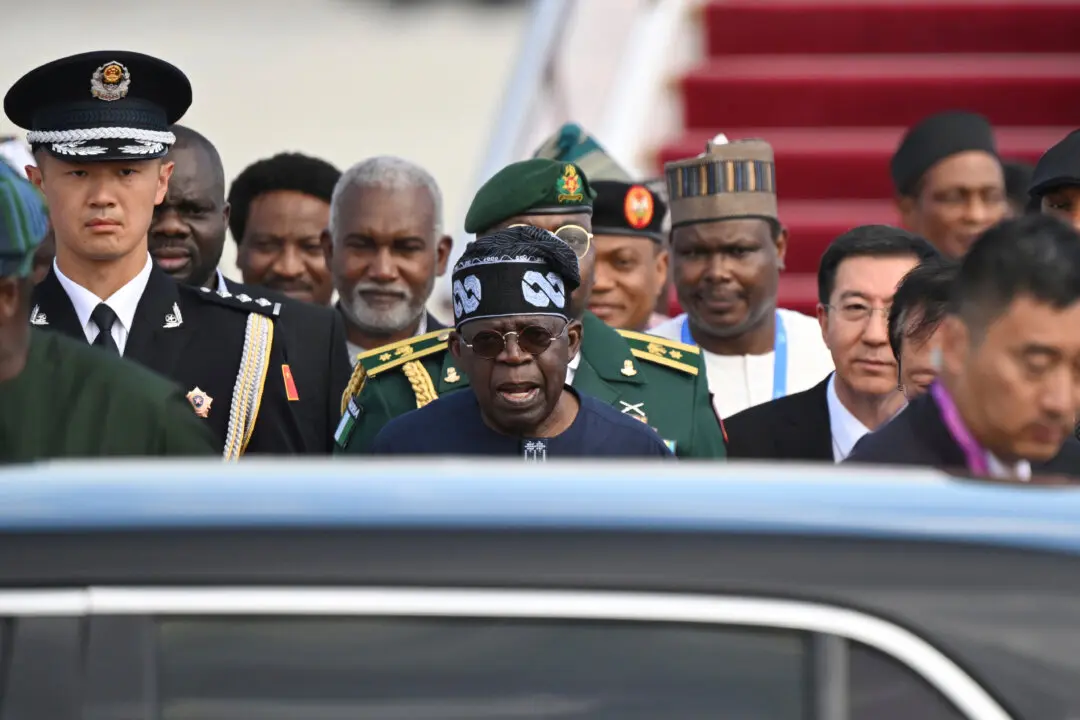JUCHITAN, Mexico—At least 58 people died when the most powerful earthquake to hit Mexico in over eight decades tore through buildings, forced mass evacuations and triggered alerts as far away as Southeast Asia, with most fatalities in the picturesque state of Oaxaca.
The 8.1 magnitude quake off the southern coast late Thursday was stronger than a devastating 1985 temblor that flattened swathes of Mexico City and killed thousands.





